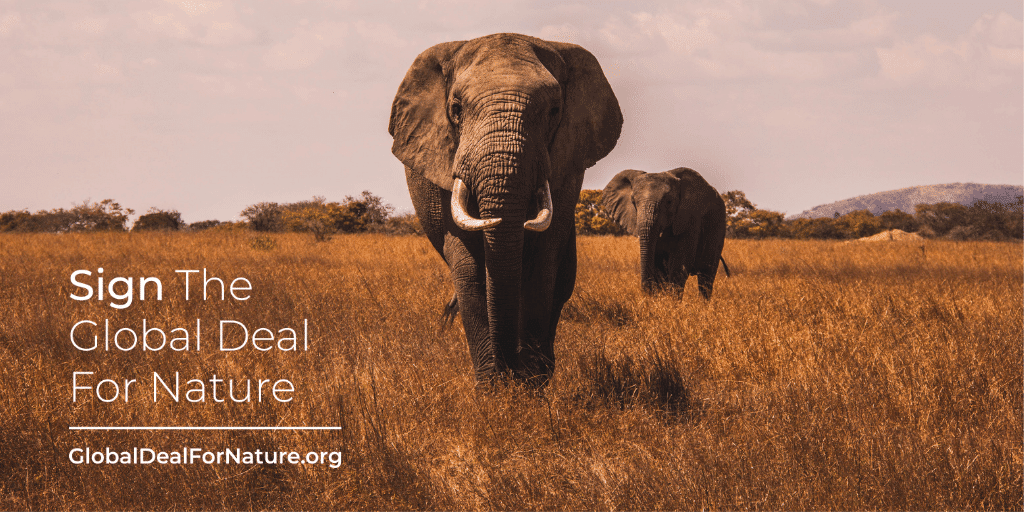In late 2020 in Kunming, China, world leaders will gather to set new targets to protect nature under the United Nations Convention on Biodiversity (CBD). The last global targets, set in 2010, were simply not ambitious enough, and we have seen the consequences. According to the Living Planet Report (2018) in the past few decades animal populations have declined by 60%, one-fifth of the Amazon rainforest has been destroyed, and we’ve lost one-half of the world’s shallow water coral reefs. Only about 15% of the world’s lands and 5% of the world’s oceans are now formally protected.
A new United Nations report by the Intergovernmental Science-Policy Platform on Biodiversity and Ecosystem Services (IPBES) has been compiled by 500 scientists and experts and shows an alarming trend that could undermine life as we know it on Earth: “The loss of trees, grasslands and wetlands is costing the equivalent of about 10% (or $8 trillion) of the world’s annual gross domestic product (GDP), driving species extinctions, intensifying climate change and pushing the planet toward a sixth mass species extinction.” It’s clear that we must reverse this trend, and the time is now.
In 2017, 49 scientists authored a landmark paper, “An Ecoregion-Based Approach to Protecting Half the Terrestrial Realm” that called for a Global Deal for Nature (GDN) — a companion to the Paris Climate Agreement — to promote increased habitat protection and restoration, national and regional conservation strategies, and the empowerment of indigenous peoples to protect their sovereign lands. The goal of such a deal would be to protect half the terrestrial realm to halt the extinction crisis while sustaining human livelihoods. A key concept in the paper is that each of the world’s 846 terrestrial ecoregions needs its own plan shared by the countries whose boundaries overlap its geophysical extent.
In April 2019, many of these scientists published a new paper called “A Global Deal for Nature: Guiding Principles, Milestones, and Targets” that explains why protecting half the Earth is needed, and presents a science-driven plan to save the diversity and abundance of life on Earth. It builds upon many scientific proposals for protecting key biodiversity areas and the latest climate science, calling for a milestone of at least 30% of lands protected by 2030 with an additional 20% in climate stabilization areas. It is also the first to include land, freshwater, and marine ecoregions in one global plan.
A petition has just been launched by One Earth, an initiative of the Leonardo DiCaprio Foundation, with Avaaz, RESOLVE, National Geographic Society, and other environmental groups urging nations to agree to protect half the Earth to help solve both biodiversity loss and the climate crisis.


